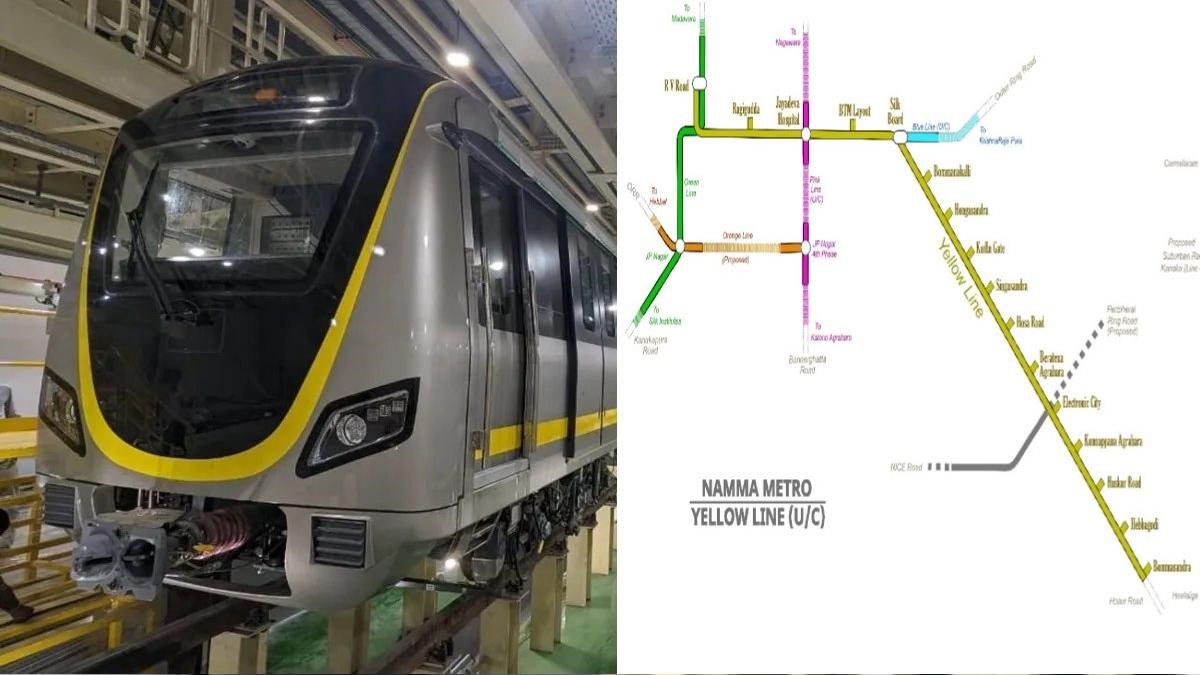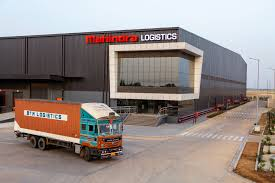Bengaluru’s real estate map is on the brink of a major shift, thanks to the inauguration of the Yellow Line of Namma Metro by Prime Minister Narendra Modi. Designed to link the southern IT corridor more seamlessly with the rest of the city, the line is expected to open up affordable housing opportunities for tech professionals and first-time buyers — all while slashing commute times.
Also Read:- PM Modi House: Address | Interior | Price | Trending News
Why the Yellow Line Could Change the Game for Homebuyers
Real estate experts believe the Yellow Line will act as a bridge between high-demand tech hubs and untapped peripheral markets. Rather than pulling demand away from established micro-markets like Whitefield and Sarjapur, it’s poised to foster a complementary growth corridor.
Neighbourhoods such as HSR Layout, Kudlu Gate, Bommanahalli, JP Nagar, Jayanagar, and Silk Board are set to see a rise in interest. With the metro cutting travel time to Electronic City Phases 1 and 2 from an hour-plus to around 30–40 minutes, even hybrid workers and young techies can now look beyond cramped city cores for affordable, spacious living.
Also Read:- Bangalore Metro Route Map: Timing | Lines | Stations
A Closer Look at the Yellow Line Route
Stretching from RV Road to Bommasandra, the Yellow Line passes through RV Road, Jayadeva, BTM Layout, Silk Board, and Electronic City before reaching its southern terminal. Key interchange points will connect passengers to the Pink Line at Jayadeva Hospital and the Green Line at RV Road.
For developers, the new metro line is an opportunity to launch competitive housing projects in areas like Electronic City (₹1–1.5 crore onwards) and Bommasandra (₹80 lakh onwards), offering alternatives to Whitefield, where entry prices are typically ₹1.5–2 crore.
Also Read:- Green Line Metro: Complete Route, Station List & Map
What the Experts Are Saying
According to Samantak Das, Chief Economist at JLL India:
“The Yellow Line will let tech workers live farther from Electronic City while enjoying shorter commutes — turning a 1.5-hour traffic slog into a 30–45-minute metro ride.”
Anshuman Magazine, Chairman & CEO, CBRE India, SEA, Middle East & Africa, adds:
“Rather than cannibalising demand, this line will unlock new residential pockets, creating a multi-hub city and easing pressure on overburdened localities.”
Ashish Sharma, City Head, Bengaluru at ANAROCK Group, emphasises that while affordability and connectivity will be major draws, buyers will also weigh liveability, infrastructure, and amenities before committing.
Also Read:- The Rise of Bangalore Real Estate: What Makes it a Hot Investment Spot?
A New Era for Peripheral Real Estate
From a housing perspective, the Yellow Line isn’t just a transit upgrade — it’s a catalyst for growth. By integrating industrial and tech hubs like Electronic City and Bommasandra into the city’s mainstream commute network, it could reshape buyer priorities, attract long-term investors, and diversify developer portfolios.
For many, this means the freedom to choose between central convenience and peripheral spaciousness without sacrificing daily commute quality — a balance Bengaluru’s housing market has long struggled to offer.
Also Read:- Top 10 Builders in Bangalore: Projects | Reviews | History | Facts
Bengaluru’s real estate map is on the brink of a major shift, thanks to the inauguration of the Yellow Line of Namma Metro by Prime Minister Narendra Modi. Designed to link the southern IT corridor more seamlessly with the rest of the city, the line is expected to open up affordable housing opportunities for tech professionals and first-time buyers — all while slashing commute times.
Also Read:- PM Modi House: Address | Interior | Price | Trending News
Why the Yellow Line Could Change the Game for Homebuyers
Real estate experts believe the Yellow Line will act as a bridge between high-demand tech hubs and untapped peripheral markets. Rather than pulling demand away from established micro-markets like Whitefield and Sarjapur, it’s poised to foster a complementary growth corridor.
Neighbourhoods such as HSR Layout, Kudlu Gate, Bommanahalli, JP Nagar, Jayanagar, and Silk Board are set to see a rise in interest. With the metro cutting travel time to Electronic City Phases 1 and 2 from an hour-plus to around 30–40 minutes, even hybrid workers and young techies can now look beyond cramped city cores for affordable, spacious living.
Also Read:- Bangalore Metro Route Map: Timing | Lines | Stations
A Closer Look at the Yellow Line Route
Stretching from RV Road to Bommasandra, the Yellow Line passes through RV Road, Jayadeva, BTM Layout, Silk Board, and Electronic City before reaching its southern terminal. Key interchange points will connect passengers to the Pink Line at Jayadeva Hospital and the Green Line at RV Road.
For developers, the new metro line is an opportunity to launch competitive housing projects in areas like Electronic City (₹1–1.5 crore onwards) and Bommasandra (₹80 lakh onwards), offering alternatives to Whitefield, where entry prices are typically ₹1.5–2 crore.
Also Read:- Green Line Metro: Complete Route, Station List & Map
What the Experts Are Saying
According to Samantak Das, Chief Economist at JLL India:
“The Yellow Line will let tech workers live farther from Electronic City while enjoying shorter commutes — turning a 1.5-hour traffic slog into a 30–45-minute metro ride.”
Anshuman Magazine, Chairman & CEO, CBRE India, SEA, Middle East & Africa, adds:
“Rather than cannibalising demand, this line will unlock new residential pockets, creating a multi-hub city and easing pressure on overburdened localities.”
Ashish Sharma, City Head, Bengaluru at ANAROCK Group, emphasises that while affordability and connectivity will be major draws, buyers will also weigh liveability, infrastructure, and amenities before committing.
Also Read:- The Rise of Bangalore Real Estate: What Makes it a Hot Investment Spot?
A New Era for Peripheral Real Estate
From a housing perspective, the Yellow Line isn’t just a transit upgrade — it’s a catalyst for growth. By integrating industrial and tech hubs like Electronic City and Bommasandra into the city’s mainstream commute network, it could reshape buyer priorities, attract long-term investors, and diversify developer portfolios.
For many, this means the freedom to choose between central convenience and peripheral spaciousness without sacrificing daily commute quality — a balance Bengaluru’s housing market has long struggled to offer.
Also Read:- Top 10 Builders in Bangalore: Projects | Reviews | History | Facts







